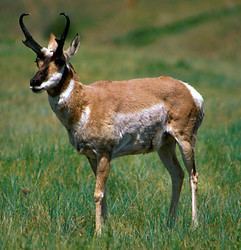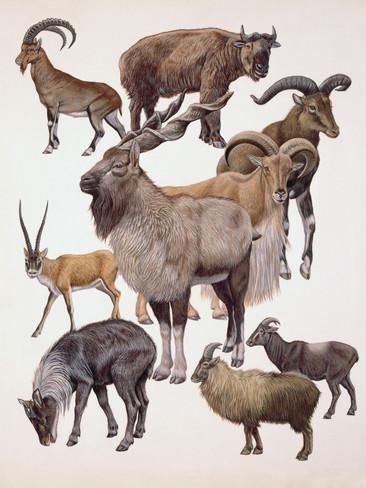Height Pronghorn: 81 – 100 cm Gestation period Pronghorn: 235 days | Order Artiodactyla Scientific name Antilocapridae Mass Pronghorn: 40 – 65 kg Phylum Chordata | |
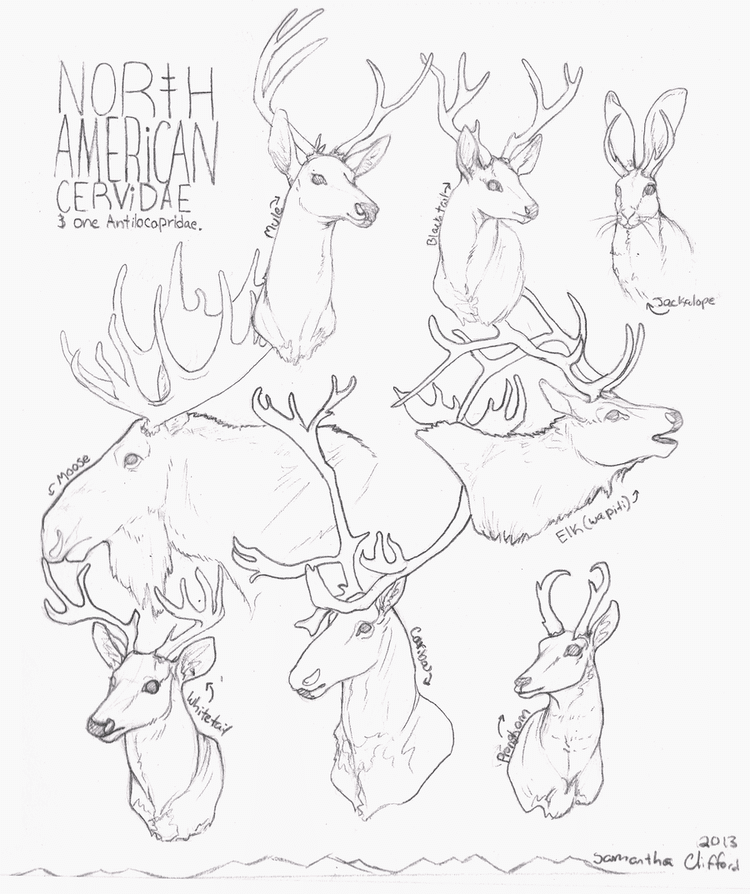 | ||
Family AntilocapridaeGray, 1866 Similar Pronghorn, Mammal, Even‑toed ungulate, Chevrotain, Giraffidae | ||
Pronghorn antilocapridae antilocapra americana male
The Antilocapridae are a family of artiodactyls endemic to North America. Their closest extant relatives are the giraffids with which they comprise the superfamily Giraffoidea. Only one species, the pronghorn (Antilocapra americana), is living today; all other members of the family are extinct. The living pronghorn is a small ruminant mammal resembling an antelope. It bears small, forked horns.
Contents
- Pronghorn antilocapridae antilocapra americana male
- Taxonario 1 antilocapridae
- Evolution
- Species
- References
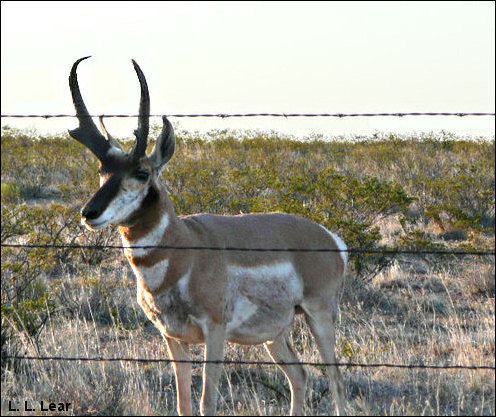
In most respects, antilocaprids resemble other ruminants. They have a complex, four-chambered stomach for digesting tough plant matter, cloven hooves, and are similar in body shape to antelopes. Their horns resemble those of the bovids, in that they have a true horny sheath, but, uniquely, they are shed outside of the breeding season, and subsequently regrown. Their lateral toes are even further diminished than in bovids, with the digits themselves being entirely lost, and only the cannon bones remaining. Antilocaprids have the same dental formula as most other ruminants: 0.0.3.33.1.3.3.

Taxonario 1 antilocapridae
Evolution
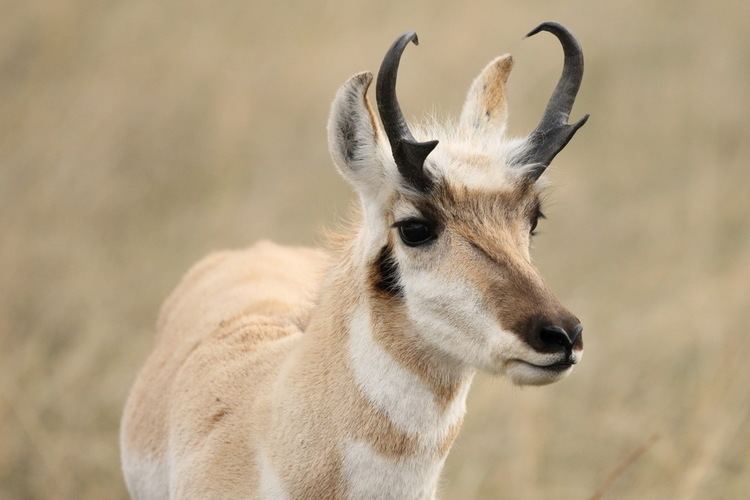
The antilocaprids evolved in North America, where they filled a niche similar to that of the bovids that evolved in the Old World. During the Miocene and Pliocene, they were a diverse and successful group, with many different species. Some had horns with bizarre shapes, or had four, or even six, horns. Examples include Osbornoceros, with smooth, slightly curved horns, Paracosoryx, with flattened horns that widened to forked tips, Ramoceros, with fan-shaped horns, and Hayoceros, with four horns.
Species
